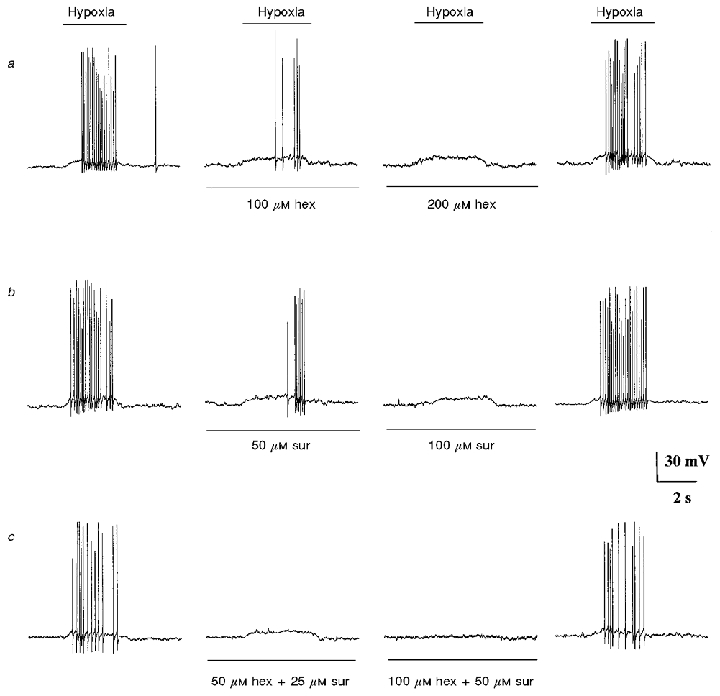Figure 3. Evidence that co-release of ACh and ATP mediates hypoxia-induced excitation in a co-cultured petrosal neurone.

a–c, current clamp recordings from the same petrosal neurone juxtaposed to a type 1 cell cluster. For each row of traces the hypoxic stimulus was applied by fast perfusion during the period indicated by the upper horizontal bar. Also, each row shows the effects of a different pharmacological treatment, with control traces on the left, drug treatment (middle two traces), and recovery (right). a and b, effect of different concentrations of hexamethonium and suramin, respectively. c, effect of combined application of hexamethonium and suramin at the indicated concentrations. Inhibition of the hypoxia-induced depolarization and/or spike discharge by 100–200 μM hexamethonium (a) and by 50–100 μM suramin (b) was only partial when the drugs were applied separately, but complete when applied together (c; third trace from left). This cell was held for ≈2 h; resting potential -64 mV.
